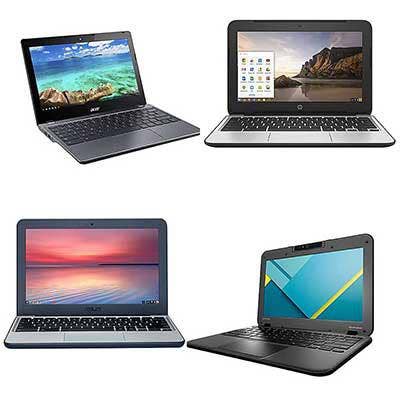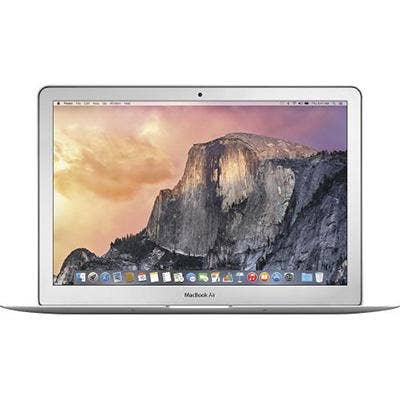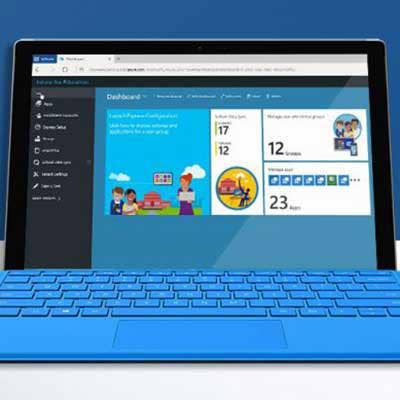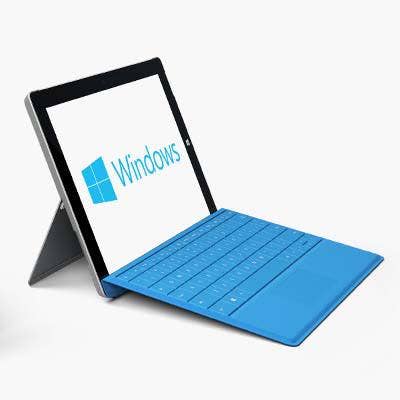State Of The K-12 PC Market: Chromebook Vs. Apple Vs. Windows 10

Hitting The (Chrome)books
The rising popularity of the Chromebook has dramatically changed the landscape for mobile PCs in the K-12 education market in recent years. That's the finding of Futuresource Consulting, a U.K.-based research firm with a new report out on the U.S. education PC market. The report looked at the diverging fortunes of Apple and Chromebook makers -- as well as at how makers of Windows 10 laptops and tablets are faring. In the following slides, we've broken out five of the biggest mobile PC market trends in education that were identified in the report.

Chromebooks Are Surging In Schools
The Chromebook -- a bare-bones, typically low-cost laptop that runs Google's Chrome OS -- has been growing its dominance of the K-12 education mobile PC market, according to Futuresource. Chromebooks jumped to 58 percent market share in 2016, up from taking 50 percent of the market in 2015. Along with affordability, Futuresource cites factors such as the availability of G Suite apps for productivity, Google Classroom for task management and distribution, and painless device management thanks to Google's Chromebook management console.

Apple Products Are In Decline For Education
At the same time that low-cost Chromebooks have been gaining even more ground in K-12 schools, Apple products such as Mac notebooks and iPad tablets have been slipping. According to Futuresource, Apple held 19 percent of the K-12 mobile PC market in 2016, dropping from a 25 percent market share in 2015. While Apple offers discounts for K-12 education purchases, a look at the K-12 price list shows that Apple's notebooks still remain several times the cost of most Chromebooks. With the K-12 discount, the starting price for an 11.6-inch MacBook Air is $849, for instance. The Lenovo N22, a popular education-focused Chromebook, is priced at $200, by comparison.
Windows Device Makers Are Pushing Harder For The K-12 Market
Devices running Windows stayed flat in K-12 mobile PC market share for 2016, accounting for 22 percent of the market, Futuresource reported. Device makers are aiming to turn that around, though -- as a number of affordably priced, education-focused Windows 10 notebooks have been unveiled in recent months. Those include the HP Stream 11 Pro G3 for Education ($189), the Acer TravelMate Spin B1 ($299) and the Dell Latitude 11 for Education ($349).

Microsoft's InTune Is Seeking To Rival Google's Management Console
In January, Microsoft said it will be launching new software to help make Windows mobile PCs even more relevant to the K-12 education market. The offering, InTune for Education, is a cloud-based platform for managing Windows devices in the classroom -- a centralized location for teachers and other school staff to provision devices and oversee the apps used by students. In essence, InTune is aiming to serve as the Windows equivalent of Google's Chromebook management console -- one of the features that has helped make Chromebooks such a hit in schools.

2-in-1 Devices Are Expected To Rise In Schools
Another good sign for Windows 10 in the classroom is a prediction by Futuresource that 2-in-1 devices will be "the next must-have device " in schools. The 2-in-1 category is a growing focus for Windows device manufacturers, and Futuresource expects more affordably priced 2-in-1 models to be coming to market soon. "The 2-in-1 form factor is ideal for education, providing schools with flexibility in usage," Futuresource wrote. "In addition, the technology behind stylus/pen usage has developed rapidly and 'inking' is expected to become widespread and add value to device usage."